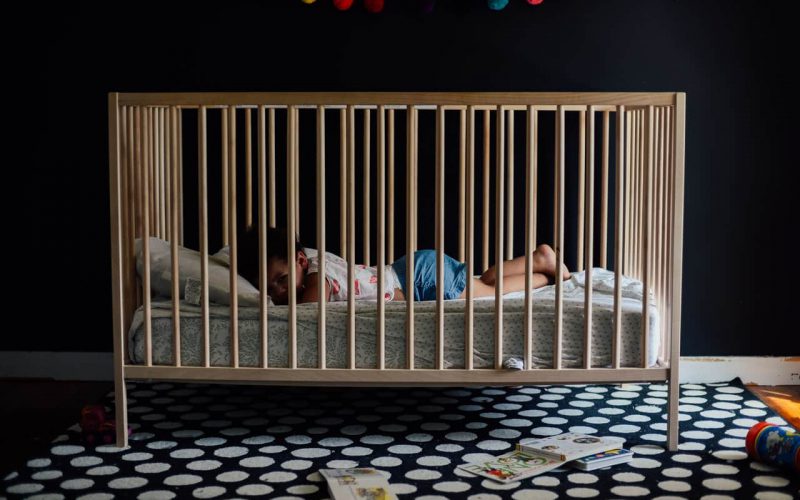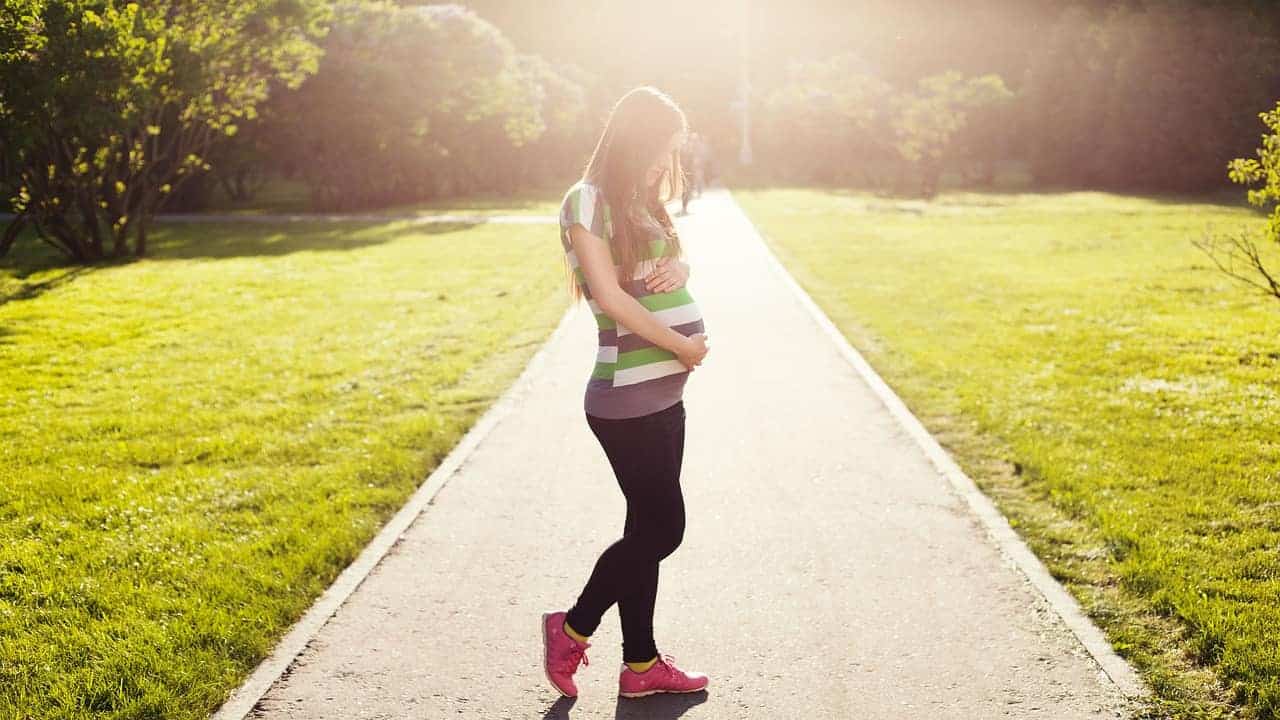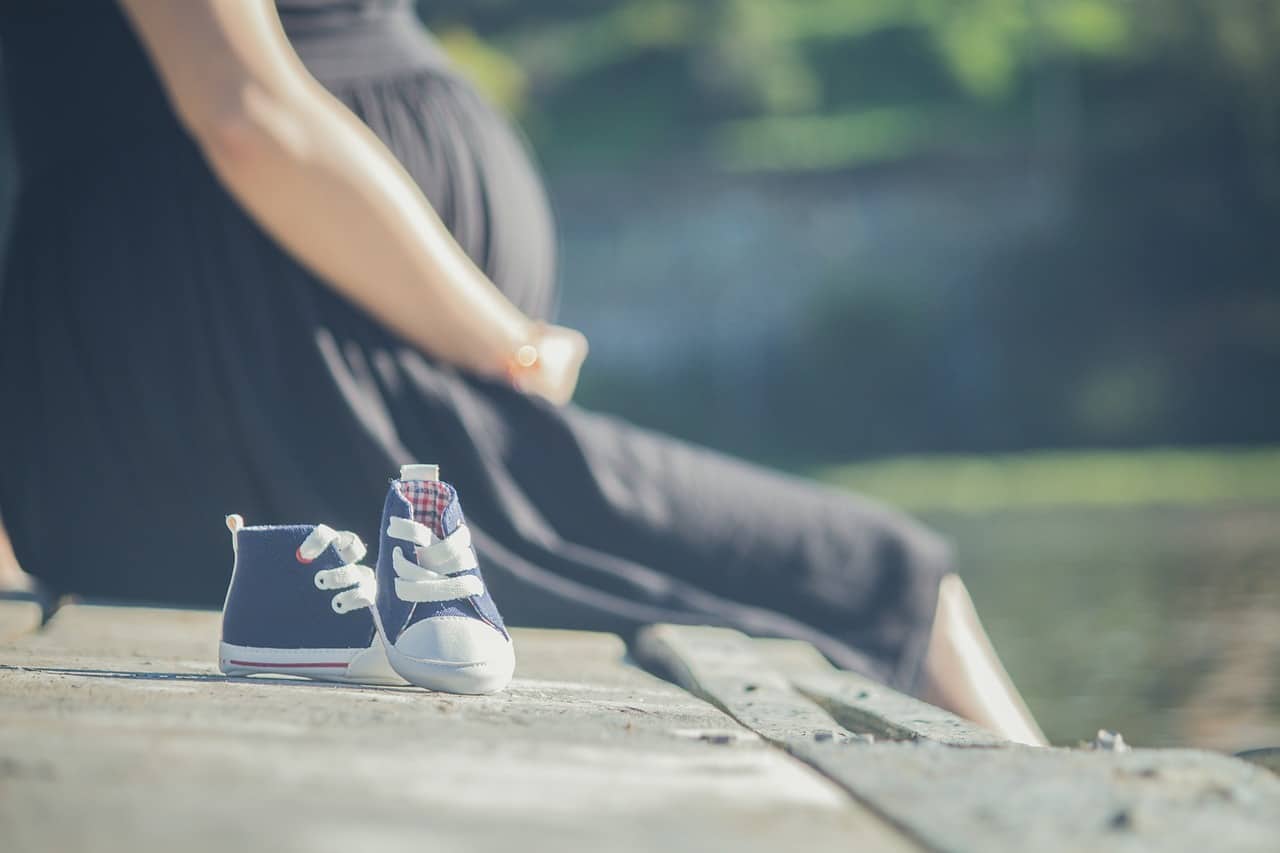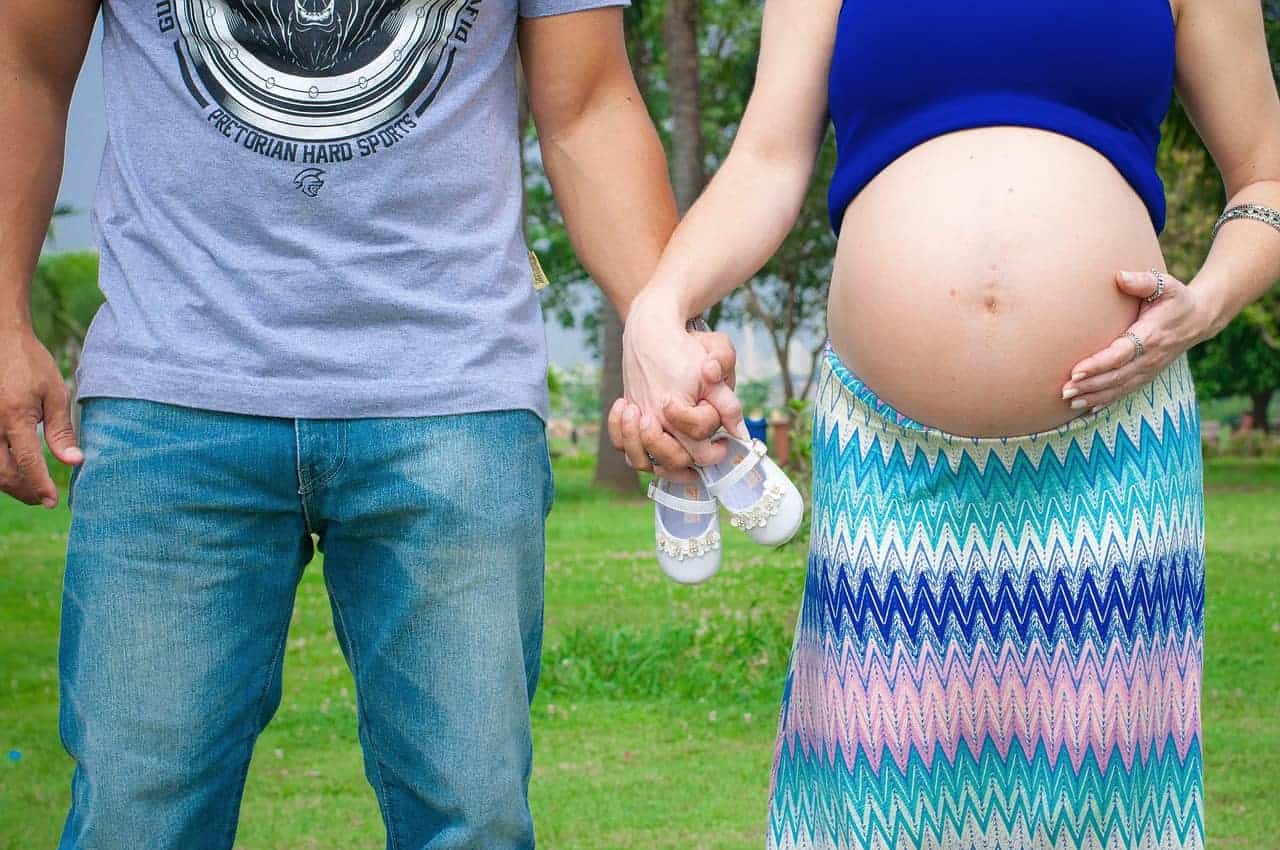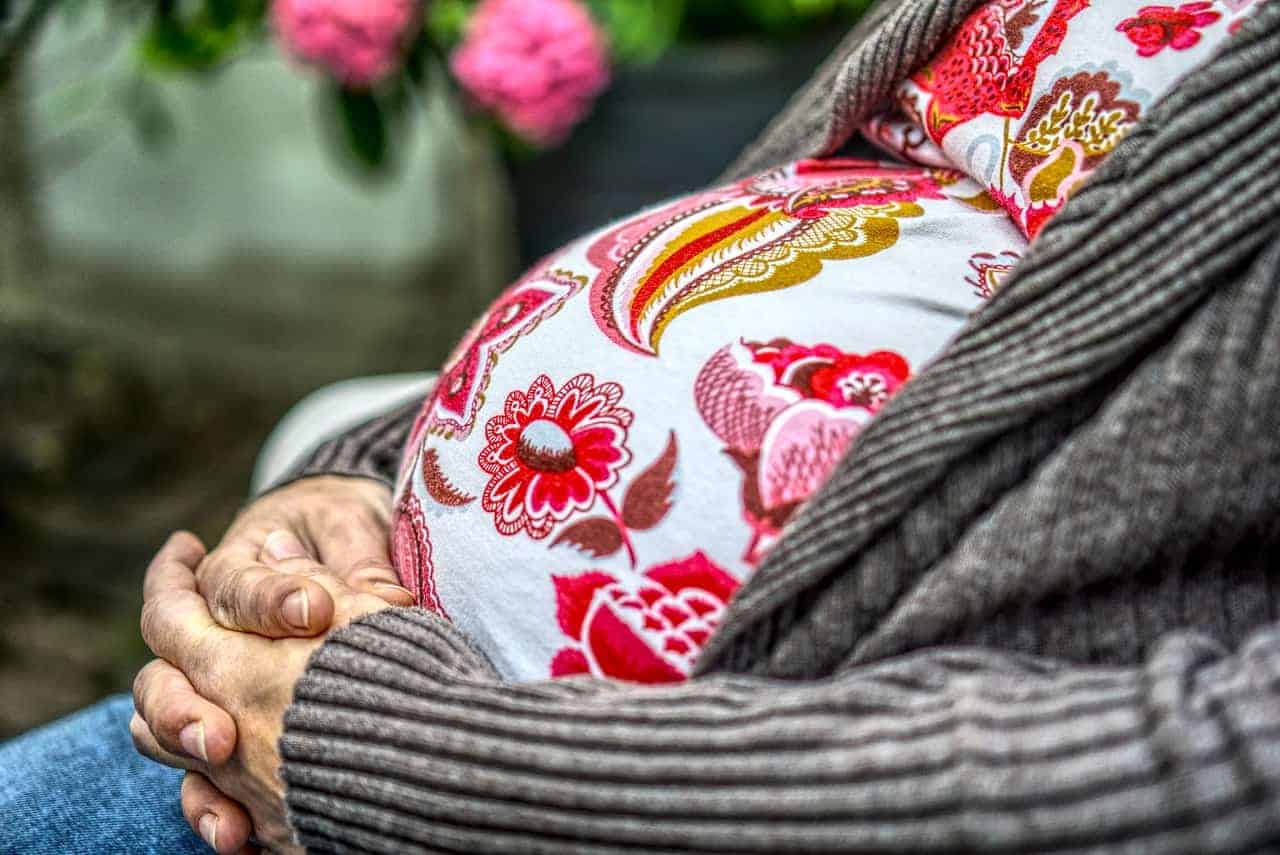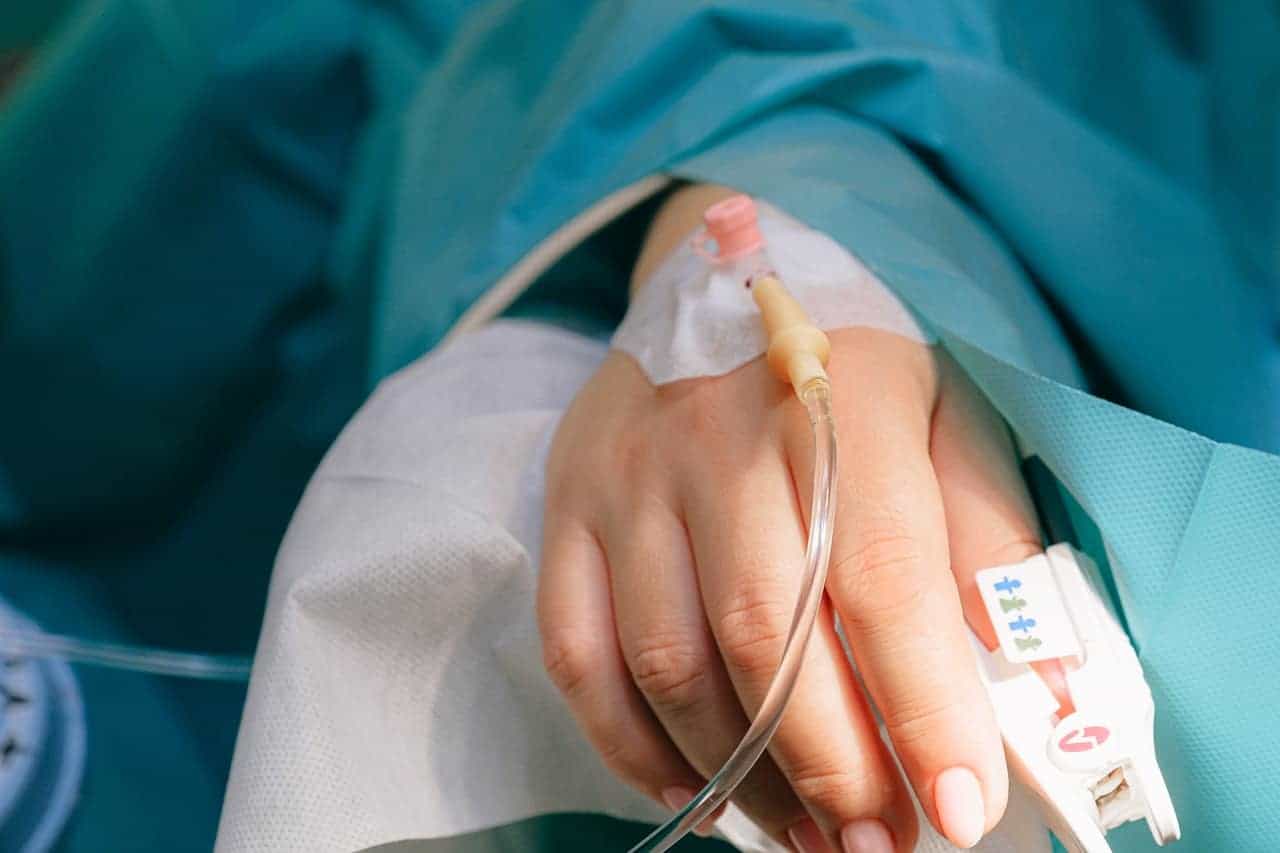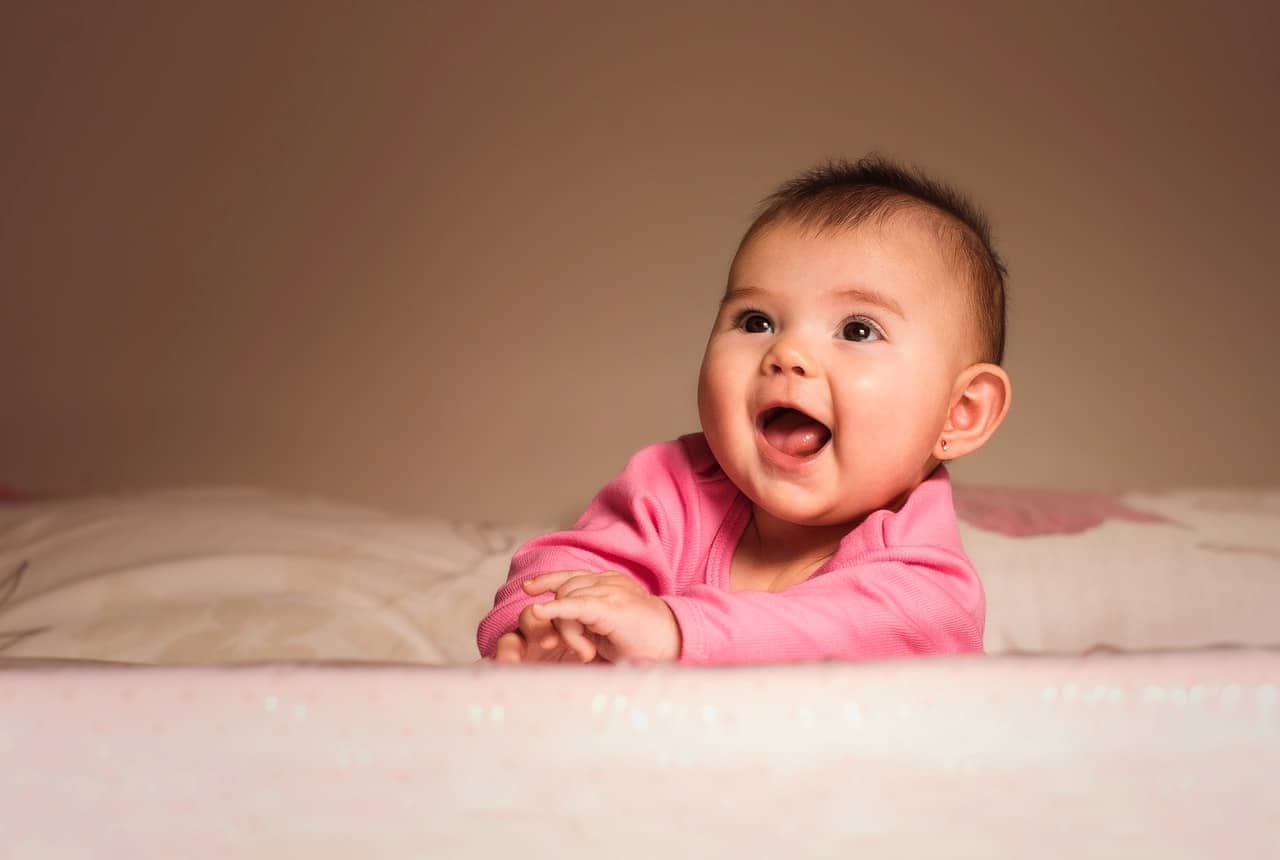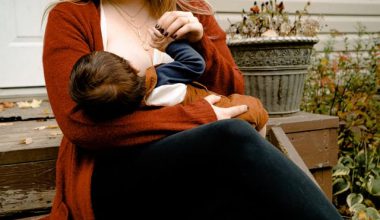Infertility cases are not uncommon among couples. Fortunately, assisted reproductive technology (ART) methods have been growing and improving each year, giving these couples a better chance of getting pregnant. One of the most effective and most successful ART methods is IVF or in vitro fertilization.
The success rate of an IVF cycle on the first try is largely dependent on the age of the female patient. For patients under 40 years old, the chances of getting pregnant are around 25 to 55%. Whereas, for patients over 40 years old, the success rate is less than 15%.
This article will present the current statistics of IVF cycles across the US and share some first-attempt IVF success stories.
IVF Success Rate on First Try
As a woman gets older, the quality of her eggs decreases. Thus, the patient’s age plays a significant role in the success rate of an IVF cycle, or any ART method for that matter. Fortunately, one failed attempt does not mean the end of trying. Most patients undergo a few cycles before finally conceiving a baby.
The Centers for Disease Control and Prevention (CDC) has compiled the reports from 448 clinics based in different states across the US to provide comprehensive statistics regarding the success of IVF in the country.
The 2017 CDC national summary for ART listed the success rates for IVF based on age of patients upon egg retrieval. For those who had an IVF for the first time, patients who were 34 years old or below had the highest success rate at 55.2%. For patients 35 to 37 years old, the success rate was 40.7%, while patients who were 38 to 40 years old had a 25.6% success rate.
The success rate was lower for patients who were over 40 years old. Women who were 41 to 42 years old during the cycle had a 13% success rate. For patients 43 years old and above, only 4.1% resulted in live birth.
CDC reiterates that although this national summary is accurate, it does not reflect the chances for success of all patients, given that the chances of getting pregnant differ for every patient. Aside from age, several factors, such as the cause of the couple’s infertility, the clinic’s available technology, and the additional procedures used, can all contribute to the success of the cycle.
First IVF Cycle Success Stories
Sandra’s Success Story: A 47-year-old mom
Sandra was already 44 when she got married to Mike. Before their marriage, she told her husband her desire to have their own baby, and he agreed.
Sandra had no trouble getting pregnant. In their first month of trying, they actually succeeded. But seven weeks later, she miscarried.
She talked to her doctor regarding this. She underwent some tests, and they found out that she had a partial molar pregnancy – a case where a fetus is incompletely formed and will never be able to develop further into a baby.
Sandra and Mike tried to conceive for another six months, but the results never favored them. She consulted her doctor again, and the doctor prescribed her fertility medications. With these medications, they tried to get pregnant for one more year but they still did not succeed.
Her doctor finally referred them to a fertility clinic and advised them to try a donor egg. By that time, Sandra was already 46 years old. Her new fertility specialist reexamined her hormones and the quality of her eggs.
Sandra’s hormone levels were very low, and her eggs were no longer viable due to her age. For these reasons, the specialist concluded that her only option to get pregnant was with a donor egg. After a long discussion with her husband, lots of talk with a psychologist, and plenty of risk discussion with the fertility specialist, she and Mike eventually decided to proceed with this option.
Their names had to sit on the waiting list for another year before finally having a suitable donor. The donor’s identity, however, was anonymous. They only knew her weight, height, hair and eye colors, and the fact that she was a college student.
When the availability of the donor was confirmed, Sandra had to synchronize her cycle with the donor. Their periods had to be in sync to ensure a higher chance of successful implantation. Sandra was also prescribed to take a daily medication that made her uterine lining thicker, which is essential for the embryo to stick or implant.
At the same time, the donor took fertility medications that stimulated her ovulation. Sadly, the donor only produced a few eggs, and only four of those eggs were viable during the day of the egg transfer. Sandra had to make it work. Otherwise, they would need to be on the donor waiting list for another year or longer.
The procedure worked, and Sandra got pregnant.
However, the pregnancy was not yet totally successful. Sandra was already 47 years old when she got pregnant, so she had to take a few more safety measures to increase the chances of live birth. She had intramuscular injections and had to have a weekly ultrasound to ensure that the baby was developing properly.
On her ninth month of pregnancy, Sandra had already gained around fifty pounds and developed gestational diabetes. Luckily, those problems resolved easily with proper diet, and she had no other complications or issues after.
Despite her age, she had a normal delivery and everything went smoothly. She gave birth to their son, Brian.
According to Sandra, Brian is the best thing that had happened to her. Using her own egg would not have made her feel any different.
Anne’s Success Story: A mom who had an ovarian cyst
Anne and Jason were both 30 when they got married. They didn’t plan to have a child immediately after marriage. Instead, they wanted to enjoy themselves first, so they traveled and had vacations. They didn’t want to have a baby unless they were ready emotionally and financially.
Two years after their marriage, they decided to start trying to conceive. Anne made sure that she was in her best condition – she ate a healthy diet, exercised regularly, and even took prenatal vitamins to boost her fertility.
On their seventh month of trying, Anne got pregnant. The couple was extremely happy. However, on her fifth week of pregnancy, Anne had some light spotting, which quickly grew worse after several days. Four ultrasounds later, her doctor confirmed that she had miscarried.
The couple was devastated, but they somehow managed to direct their attention to more positive thoughts, thanks to their friends and families. Anne had her birthday, and her relatives visited her when they were in town.
Shortly after those distractions, the couple had to go back to reality. Anne decided to have a minor surgical operation to remove the remains of her miscarriage. After some time, she and Jason began trying to conceive again.
They spent five months trying afterwards, but they were unsuccessful. Anne did not want to lose more time, so she convinced Jason to consult a specialist. Her OB referred them to a fertility specialist who can analyze their case better.
The fertility specialist examined Anne and found out she had ovarian endometriosis. Although the final diagnosis can only be confirmed through laparoscopy, the shape, size, and color of her cyst on her right ovary made the assessment evident.
Anne and Jason had their first intrauterine insemination (IUI) in December that year. She used the medication called Letrozole, which stimulated her ovaries to develop and release mature eggs. Unfortunately, the process did not succeed.
A few months later, they had another IUI cycle. This time Anne took Gonal-F, which is a naturally occurring hormone used for induction of ovulation. But again, the process did not result in pregnancy.
The couple was supposed to have another IUI cycle, but Anne felt that they should proceed to an IVF cycle instead. Jason supported her decision, and their specialist also agreed.
In March of the following year, they started their first IVF cycle. Anne took oral contraceptives (OC) three weeks prior to the egg retrieval procedure. Along with the OCs, she also had acupuncture to aid her blood flow.
After taking OCs, she also had fertility medications to stimulate her ovaries. At the end of the stimulation stage, she was able to develop 20 eggs ready for retrieval – or so they thought.
During the retrieval procedure, the doctor extracted 33 eggs from Anne’s follicles. A large number of mature eggs increases the chances of success, but developing too much increases the risk of OHSS (ovarian hyperstimulation syndrome). Prior to the procedure, the ultrasound showed a smaller number of mature follicles. Apparently, the cyst was blocking the other follicles, and the ultrasound wasn’t able to detect them.
Therefore, instead of transferring the developed embryos to Anne’s womb immediately, they had to freeze them for a while so she can take medications to lower the risk of OHSS. After almost four months of medications and one surgery to remove her uterine polyp, she was finally ready for the IVF transfer.
She had some medications before the transfer, which thickened the linings of her womb, a critical factor for the embryo to implant. On the day of the transfer, they had seven excellent-quality embryos. They decided to transfer the healthiest one to her womb and freeze the rest so they can use them if they ever need to have another cycle.
Fortunately, the embryo implantation was successful. Anne and Jason were very careful about everything they did during the pregnancy, and it paid off. Nine months later, Anne gave birth to their precious daughter.
“I cannot describe how special and precious our princess is. She is everything to us,” Anne said.
Final Thoughts
Over the past years, technology has helped many couples get pregnant despite having infertility issues. IVF is one of the most effective methods, but also more expensive, so it is commonly used as the last resort. Fortunately, it has a high success rate of up to 55% on the first attempt. Therefore, using this method of fertility treatment is well-recommended as it offers a high potential to result in pregnancy, and ultimately, live birth.
